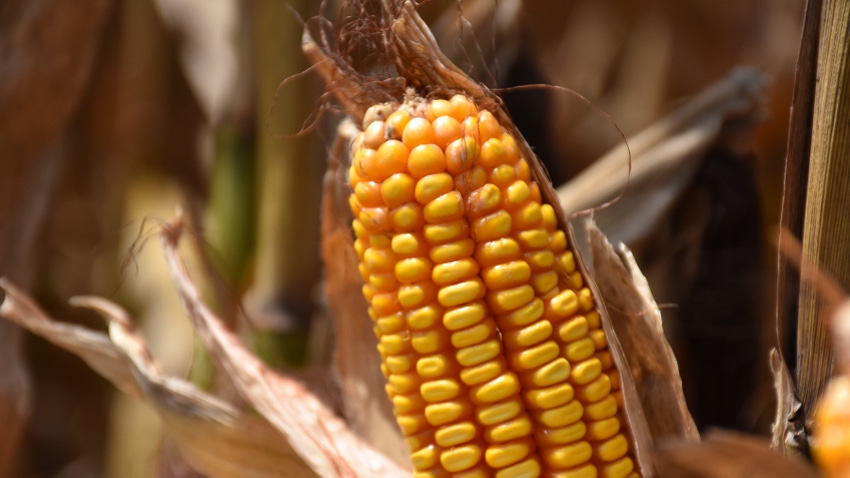
Producers can keep track of their price risk protection through revenue insurance in a given growing season by comparing the Harvest Price to the Projected (Spring) Price determined by USDA-RMA.
This article examines the price protection offered by Revenue Protection (RP), Supplemental Coverage Option (SCO), and Enhanced Coverage Option (ECO) crop insurance for corn and rice.
The liability covered under an RP insurance policy is based on the product of the farm-level Actual Production History (APH), a futures price, and a coverage level.
The futures price is based on the higher of the Projected Price and the Harvest Price determined by USDA-RMA.
Please visit the RMA Price Discovery Tool to find current Projected and Harvest Prices by location. RP has eight coverage level options to choose from, ranging from 50-85% in 5% increments.
Insurance products
Area-based (i.e., county-level) crop insurance products like SCO and ECO can be paired with Yield Protection (YP), RP, or RP with Harvest Price Exclusion (RP-HPE).
The liability insured by SCO and ECO is calculated using the same parameters as RP (e.g., APH and futures prices), with the notable exception being that SCO offers a coverage level of 86%, and ECO offers coverage levels of 90% and 95%. Unlike RP – which triggers indemnities based on farm-level losses – SCO and ECO trigger indemnities based on county-wide losses.
ECO will trigger a full indemnity when county-level revenue losses fall to 86%, and SCO will trigger a full indemnity once county-level revenue falls to the coverage level of the underlying RP or RP-HPE policy.
Consider implications for rice price risk protection in 2023 for the Louisiana Harvest Price at $15.84/cwt. Expressing this price as a proportion of the Projected Price for the same futures contract (i.e., $16.90/cwt) gives us 94%, which implies ECO would begin to trigger assuming harvest yield does not increase.
Area-based insurance
However, assuming average yields, neither SCO nor any coverage level of RP would trigger at the current Harvest Price. Producers might consider purchasing area-based insurance next year, such as SCO or ECO, in addition to their underlying RP or RP-HPE policy since yield risk is not as prevalent in rice compared to other crops grown in the southeast.
Doing the same exercise of finding the proportion of the Harvest Price to Projected Price for corn in Arkansas would give us a percentage of 81% which is found by taking the ratio of the Harvest Price of $4.83/bu and the Projected Price of $5.94/bu (i.e., $4.83/$5.94 = 81%).
Under this scenario, ECO at both 90% and 95%, SCO, and RP at 85% would all trigger an indemnity assuming average yields. Extending this exercise to all southeastern states producing corn shows that this pattern continues (Figure 1).

Since southern corn producers face more yield risk relative to rice, one might consider adding area insurance to a risk management strategy in 2024.
Unsold grain
Implications for marketing unsold grain near harvest depend on the local cash prices being offered in a specific delivery window.
Producers with crop insurance can decide to forward contract with delivery in a specific month based on the exercise outlined above. This can be done by taking the ratio of the cash price being offered in the desired month of delivery to the Projected Price and comparing the percentages.
If the percentage found using the local cash price is lower than the percentage found using the RMA Harvest Price, then producers can forward contract knowing there is a price guarantee which can be used to offset any non-delivery fees. For example, if the local cash price for corn with September delivery in Arkansas is $4.72/bu, then the ratio would be 80% (i.e., $4.72/$5.94 = 80%), which falls within the 81% ratio found above.
This implies that even if there are unexpected harvest losses resulting in non-delivery, there will be an added layer of protection provided by the underlying revenue crop insurance.
Source: Southern Ag Today
About the Author(s)
You May Also Like




